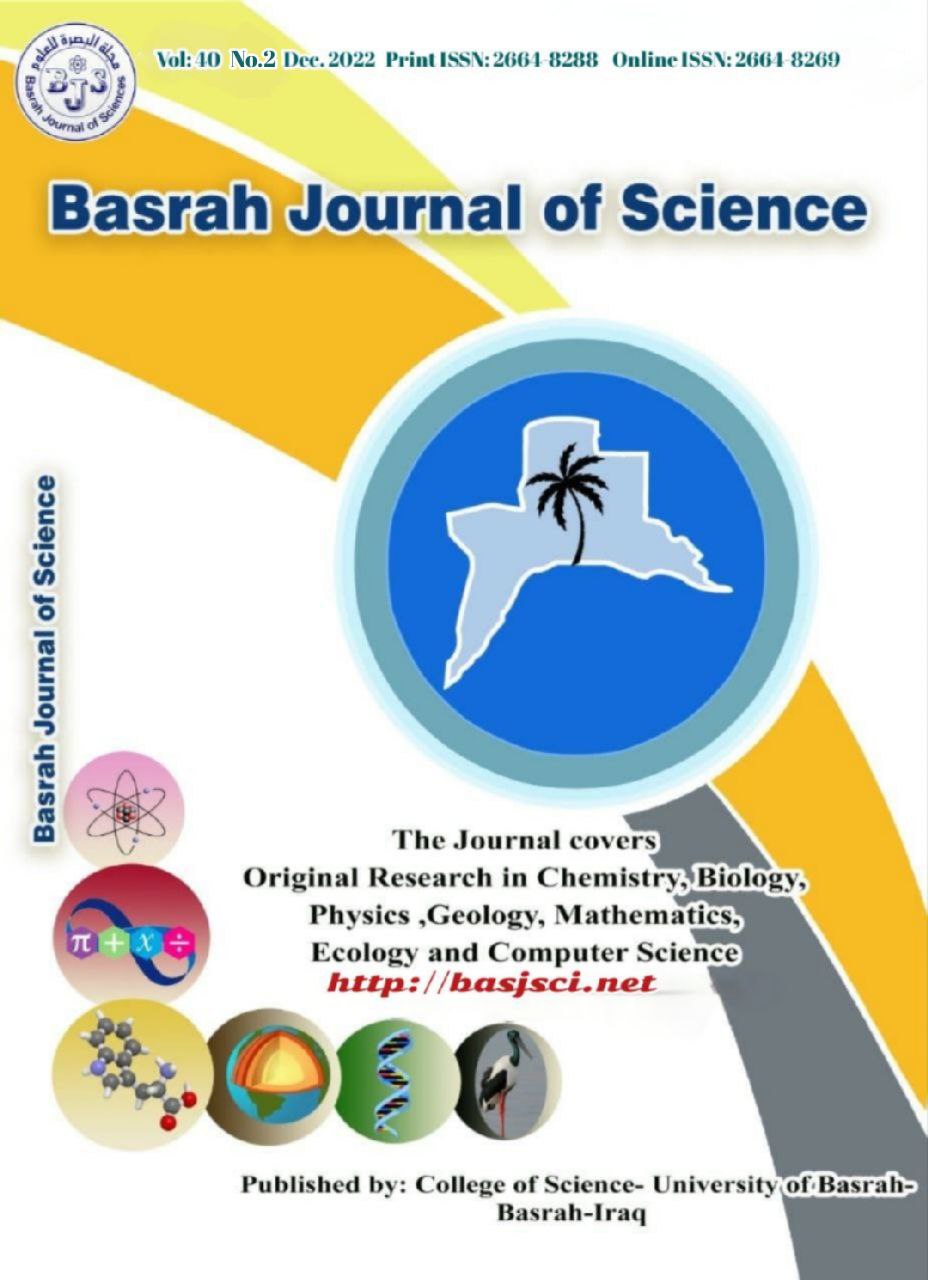Calculate the Rate of Natural Radioactivity in the Soil of Some Schools Using the NaI(Tl) Detector in the City of Hilla-Iraq
Keywords:
Gama spectrometer, Radioactivity, Risk factors, Cancer risk, School soil.Abstract
Activities and risk markers in 15-20 cm soil samples from Hilla City schools were thoroughly examined. This was made possible by the NaI(Tl) detector. The results indicated that the specific activity values for 238U from 2.244±0.06 Bqkg-1 to 23.637±0.60 Bqkg-1, with an average value of 11.70±0.39 Bqkg-1. Similar to 232Th, the average specific activity level was 8.53±0.31 Bqkg-1, ranging between 1.603±0.09 Bqkg-1 and 21.503±0.56 Bqkg-1. For 40K, its specific activity range was 222.96±2.72 to 441.824±2.78 Bqkg-1, with an average of 375.32±2.71 Bqkg-1. The average radiative forcing of the radium equivalent (Raeq) was calculated to be 52.80 Bqkg-1. The external risk index (Hex) was 0.14, and the internal risk index (Hin) was 0.17. The gamma risk index (Iγ) was determined to be 0.41. Also, the average outdoor absorbed dose level Dout is 26.35 nGyh-1, while the average indoor absorbed dose level Din is 50.54 nGyh-1. The average annual values of effective dose equivalents (internal and external) are 0.03 and 0.25 nGyh-1. The additional lifetime cancer risk ELCR(t) due to natural radioactivity in the models was 0.93x10-3. Note that the global average permissible nuclide concentration was 30, 32, and 420, and the danger index values were 1, 1, 6, 59, 84, 0.4, 0.07, and 1.45, respectively, based on the report of the United Nations Scientific Committee on the Effects of Atomic Radiation (UNSCEAR). After carefully comparing the study results with permissible global averages, they fit well within the recommended range.
Downloads
Downloads
Published
Issue
Section
License

This work is licensed under a Creative Commons Attribution-NonCommercial 4.0 International License.


